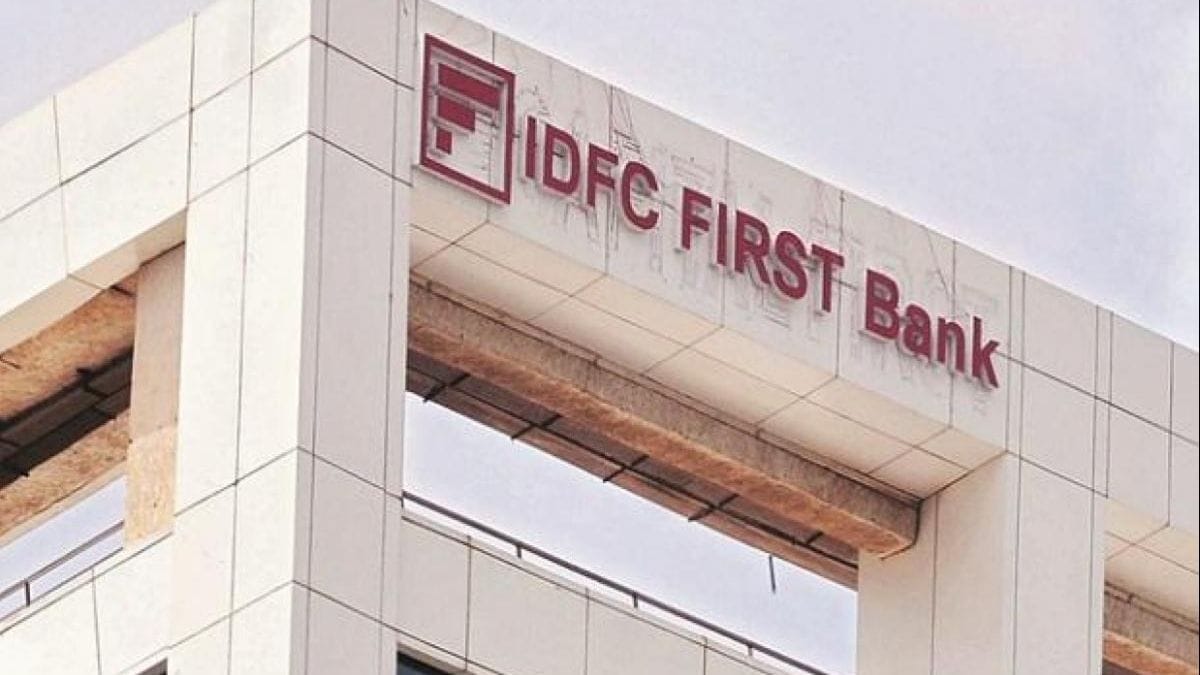IDFC First Bank has reported a net profit of Rs 339 crore in Q3 FY25, a significant decline of 53% compared to Rs 716 crore in the same period last year. However, on a sequential basis, the net profit showed a robust recovery, rising 69% from Rs 201 crore in Q2 FY25. The bank’s Q3FY25 performance was impacted primarily by increased provisions for its microfinance portfolio, driven by heightened slippages in the sector.
The bank’s net interest income (NII), a key indicator of core profitability, grew by 14% year-on-year to Rs 4,902 crore in Q3 FY25, up from Rs 4,287 crore in Q3 FY24. The net interest margin (NIM), however, contracted slightly to 6.04% in Q3 FY25 from 6.18% in the previous quarter, reflecting the challenges in the microfinance business and a higher contribution from wholesale banking.
Deposits showcased a strong performance, growing 28.8% year-on-year to Rs 2,27,316 crore as of December 31, 2024, compared to Rs 1,76,481 crore in the previous year. Retail deposits also rose sharply by 29.6%, contributing to a healthy CASA ratio of 47.7%. Advances grew by 22% year-on-year, reaching Rs 2,31,074 crore, driven by robust growth in the retail and corporate loan portfolios.
The asset quality of the bank displayed a mixed trend. The gross non-performing assets (GNPA) ratio improved to 1.94% as of December 31, 2024, compared to 2.04% a year ago. The net non-performing assets (NNPA) ratio also improved to 0.52% from 0.68% during the same period. Sequentially, however, both gross and net NPA ratios showed slight increases, as GNPAs rose from 1.92% and NNPAs from 0.48% in the previous quarter, reflecting stress in the microfinance segment.
Provisions surged 104% year-on-year to Rs 1,337 crore in Q3 FY25, compared to Rs 654 crore in Q3 FY24. The rise in provisions was primarily attributed to the microfinance portfolio, which witnessed increased slippages during the quarter. However, the bank’s non-microfinance book remained stable, contributing positively to its overall performance.
The management highlighted that the challenges in the microfinance sector are transitional and are expected to stabilize in the coming quarters. V Vaidyanathan, Managing Director and CEO, stated, “The bank continues to perform well on its broader metrics, with strong growth in loans and deposits. The challenges in the microfinance segment are being closely monitored, and we expect improvement over the next few quarters.”
The bank’s focus on expanding its retail presence, improving operational efficiencies, and leveraging technology continues to underpin its strategy. Despite the temporary challenges in its microfinance segment, the overall business fundamentals remain robust, positioning the bank for sustainable growth in the long term.


